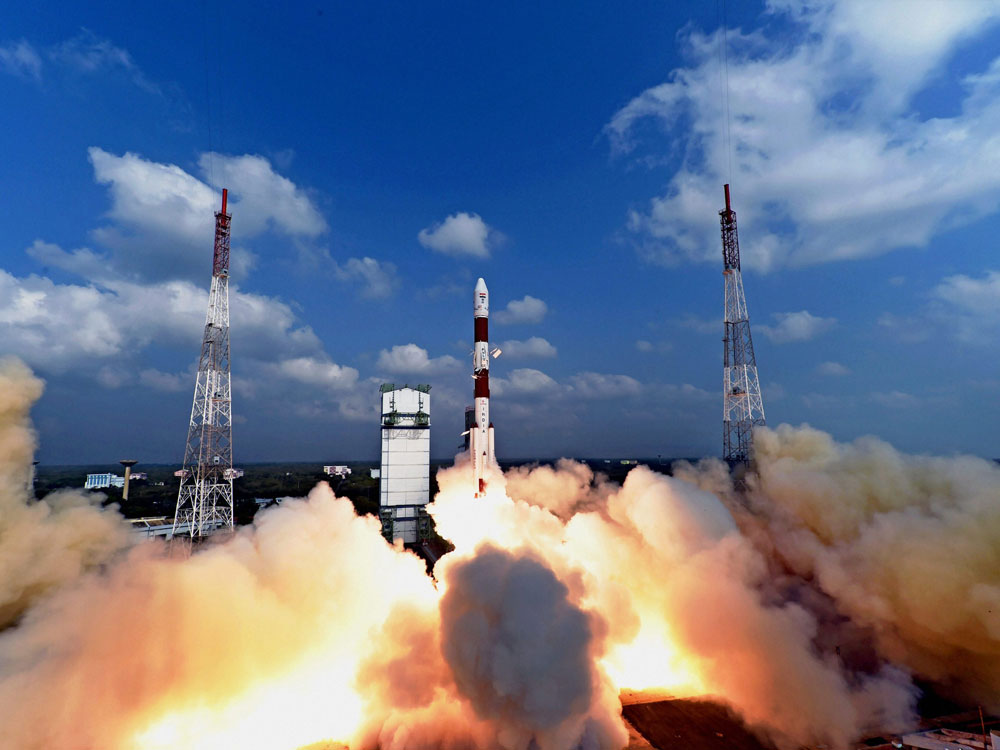Diplomacy in Space
May 1, 2017 | Expert Insights

Indian Prime Minister, Narendra Modi in his Mann Ki Batt radio on 30th April announced India’s plans to launch “South Asia satellite”- GSAT-9 as a gift to the South Asian Association for Regional Cooperation (SAARC) region. The communication and meteorological satellite was announced in 2014 during the 18th SAARC Summit in Nepal and will be launched on 5th May, 2017 from Satish Dhavan Space Centre.
The features of the satellite
The geosynchronous satellite weighing 2,230kg with 12 Ku- band transponders and a mission life of 12 years will be launched by the GSLV Mk-II launch vehicle and operated by the Indian Space and Research Organisation. The launching cost of 2.35 billion is borne by the Indian Government which is a gift to the SAARC nations.
Its range of applications focus in the field of telecommunication and broadcasting and include Television, Direct-to-Home (DTH), Very Small Aperture Terminals (VSATs), Tele-education, Telemedicine and Disaster Management Support.
Analysis
The satellite is expected to be beneficial to all the member nations. Each country will be given access to at least one transponder allowing them, (Bangladesh, Bhutan, India, Maldives, Nepal and Sri Lanka) to access their own content and programming. However, the operation cost over the next 12 years will be shared among the nations.
With the GPS, Aided GEO Augmented Navigation (GAGAN) payload the satellite will provide GPS services to the security forces and air traffic control organizations. In times of natural catastrophises it will be able to make provisions for a secure hotline and assist the rescue teams.
Assessment
India’s “gift” to the SAARC nations of seems to be strengthening its relations with these countries by focusing on fundamental aspects of growth and development of education and communication. For countries like Maldives and Bhutan who lack communication satellites of their own, this may come as a boon especially when India is incurring the launching expenses as well. This might go a long way towards helping India establish loyal allies in the association itself.
Pakistan’s decision to opt out of this project, after stating that it has a space project of its own and its accusations that India might disrespect Pakistan’s sovereignty and gain control of sensitive data indicates towards the tensed relations between the two countries. Economically, this can be viewed as a progressive step for the Indian economy. The GSLV’s trip using the domestically produced cryogenic engine is indicative of India’s ability to launch satellites weighing up to 2,500 kg.
If India can produce Cryogenic Upper Stage (CUS) engines at a price lesser than the stronger developing Asian countries like China then it will give it an upper hand, enabling it to increase its share in the world’s lucrative commercial satellite launch business. By advancing along with China these Asian Space agencies hold the potential to break the monopoly enjoyed by European nations.








Comments